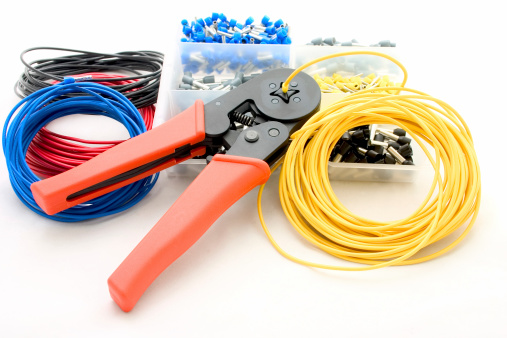In order to avoid serious or fatal electric shocks and burns while working on low voltage equipment or circuits, it makes sense to implement a proper safe isolation procedure. Not only can this measure save the life of the individual carrying out the work, it may also protect fellow colleagues and members of the public too.
With instruction and advice on best practices for safe isolation, electrical test equipment specialist Instrotech has developed the following guide. Remember that correct safe isolation procedures save lives!
Safe isolation basic principles
For work on low voltage electrical equipment or circuits, it is essential to:
- Identify the correct point of isolation
- Use an appropriate means of isolation
- Ensure that the supply cannot be inadvertently reinstated
- Apply caution notices at the point(s) of isolation
- Prove that conductors are dead at the point of work before they are touched
- Have the point of isolation under the control of the same person performing work on the conductors
After following this procedure, you can use an adjacent local isolation device such as a plug and socket, switch-disconnector, circuit breaker, or fuse. These devices can be used without further precautions as long as there is no risk thatothers could reinstate the supply.
When local means of isolation is not possible or there is a risk that the supply could be reinstated, another procedure for safe isolation is required.
Main switch or distribution board (DB) switch-disconnector
This is the preferred alternative method whereby the point of isolation is locked off using a unique key or combination, which is retained by the worker. A multi-lock hasp should be used for multiple isolations on a DB, as this ensures the supply cannot be reinstated until all persons have completed their work.
A locked DB door or locked switch-room door is acceptable when locking-off facilities are not provided. However, the key or combination must be unique and retained by the person doing the work.
In instances where a multi-lock clasp cannot be used to secure the main point of isolation, individual isolation of each circuit is required. The principle is that each individual worker has control over his or her point of isolation.
Isolation of individual circuits
The main pieces of advice when isolating individual circuits is to avoid energising any outgoing electrical distribution services until relevant checks and tests have been carried out. You may also disconnect the circuit from the DB providing the tails are made safe by being coiled or insulated.
- Circuit breakers – Relevant devices should be locked-off using an appropriate clip with a padlock that can only be opened by a unique key or combination.
- Fuses – Removing the fuse is an acceptable means of disconnection, but the incoming supply needs to be isolated. A lockable fuse insert should also be used to prevent it being replaced.
With TT systems, a multi-pole device that disconnects the phase and neutral conductors must be used as the means of isolation. This is the same for IT systems too, as single pole isolation in these circumstances is not acceptable.
Proving a circuit is dead before carrying out any work
Once a circuit has been locked off, it is important to ensure that the circuit is dead prior to carrying out any work. There can be numerous things that can cause a dangerous voltage to be present even on a circuit that is locked off. These can include induced voltage from another source, or a borrowed neutral, where the circuit under test is connected to the neutral of another circuit.
To prove a circuit is dead, you should use a dedicated two pole voltage indicator & proving unit. The procedure requires that the voltage indicator is first “proved” on the proving unit to ensure it is working. Next the voltage indicator is used to test for live voltage present on the circuit. After this test, the voltage indicator should then be proved again using the proving unit.
This procedure is the best way to ensure the circuit you are working on is really dead and avoid death or serious injury.



